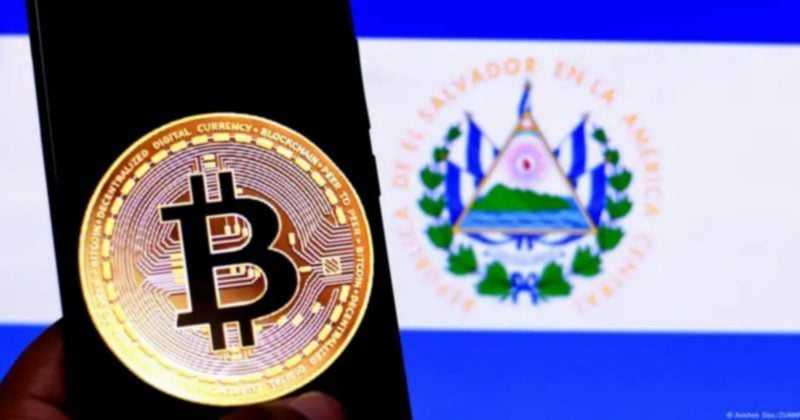Ripple, the company behind major cryptocurrency XRP, is facing community backlash after online entrepreneur Andrei Jikh raised questions over the company’s projects and transparency.
Jikh took to X on Wednesday to voice multiple concerns about Ripple, including the lack of verifiable onchain data to support the company’s claim of securing over 300 bank partnerships in its 13 years of operation.
Ripple’s chief technology officer, David Schwartz, promptly joined the X thread, addressing all six questions raised by Jikh to defend the company’s approach to transparency, onchain data and institutional adoption.
“I think there are a number of reasons why institutions have historically preferred to use digital assets off-chain rather than on-chain,” Schwartz wrote, highlighting that even Ripple does not use decentralized transactions on its XRP ledger (XRPL).
Ripple exec admits onchain adoption is slow
Although highlighting institutional preferences to stay offchain, Schwartz suggested that this trend is “close to changing” because “institutions are starting to see the benefits of moving onchain.”
“But I agree it has been very slow,” he said, reasoning Ripple’s choice not to rely on the XRPL DEX for payments was due to concerns related to terrorism financing.
“We can’t be sure a terrorist won’t provide the liquidity for payment,” Schwartz said.
He also mentioned that features like “permissioned domains” could be a tool to address this issue, but did not elaborate on how this could be a solution.
What is the XRPL, and how big is it?
Launched in 2012, the XRPL is a decentralized, open-source blockchain that serves as the foundation for the underlying cryptocurrency XRP (XRP).
Positioned by Ripple as a “decentralized public blockchain built for business,” XRPL has been at the center of a growing number of enterprise partnerships. These include tokenization initiatives with the Dubai government and US investment firm Guggenheim, both announced in June 2025.
Despite increasing institutional interest, there is still a lack of transparent, onchain tracking tools to show how these partnerships are translating into actual transaction volume on the XRPL network.
Platforms like DefiLlama report only $81.8 million in total value locked (TVL) on XRP Ledger decentralized finance (DeFi) applications, but according to Schwartz, most institutional activity happens offchain and thus remains untracked.
Ripple reported a 30%–40% drop on XRPL in Q1
After a period of significant growth throughout 2024, onchain activity on the XRPL declined in the first quarter of 2025, Ripple reported in May 2025.
“There was a 30–40% decline in both new wallet creation and overall transaction volume on XRPL — in line with activity contractions seen across major blockchains like Bitcoin and Ethereum,” Ripple said, without specifying the actual figures.
The report also mentioned that XRPL’s “DeFi activity proved to be more resilient than other segments,” as decentralized exchange volume only decreased by 16% quarter-over-quarter.
Ripple winds down XRP Markets Report in current form
In the same quarterly report, Ripple mentioned that the company decided to sunset the report in its current form starting in Q2 2025.
“While the report is evolving, Ripple will continue to be transparent and share relevant updates on Ripple and XRP-related announcements through its official channels, including Ripple and RippleXDev [...],” the company said, adding:
“As more institutions engage with XRP, additional perspectives and insights are expected to follow, pushing the market conversation forward.”Cointelegraph contacted Ripple for comment regarding tracking the XRPL volumes but had not received a response by publication.
Magazine: Crypto traders ‘fool themselves’ with price predictions: Peter Brandt

 4 months ago
37
4 months ago
37








 English (US) ·
English (US) ·